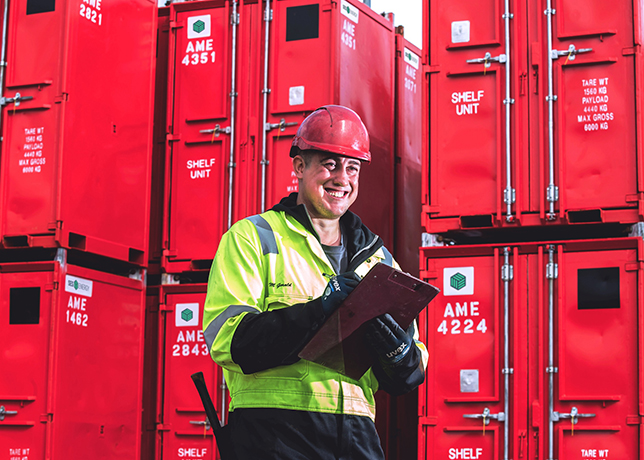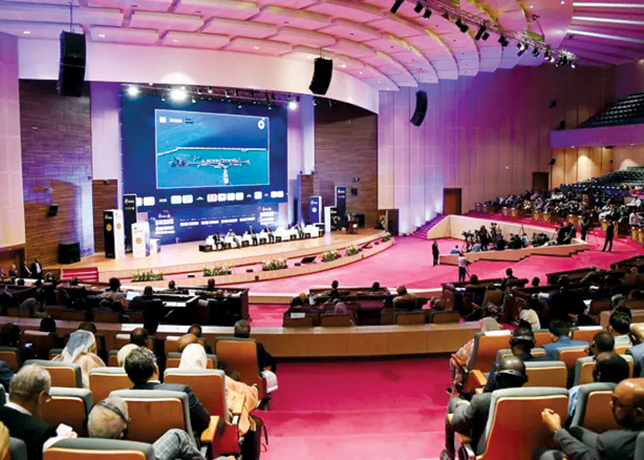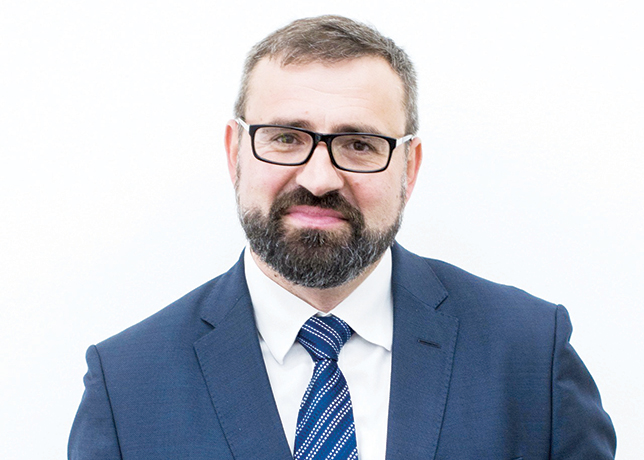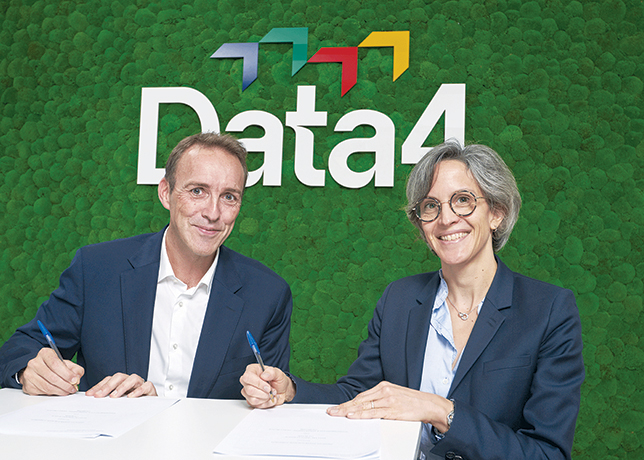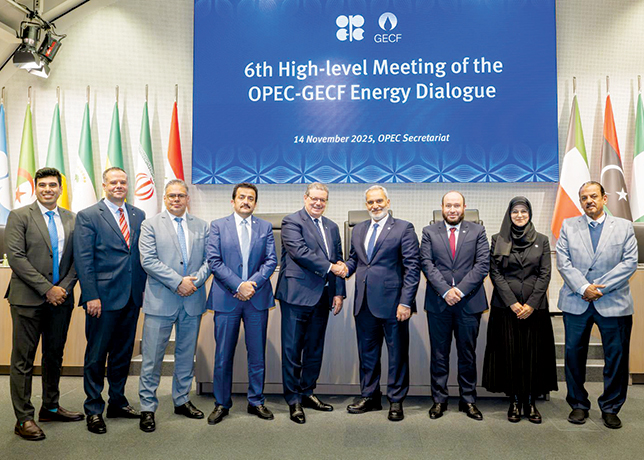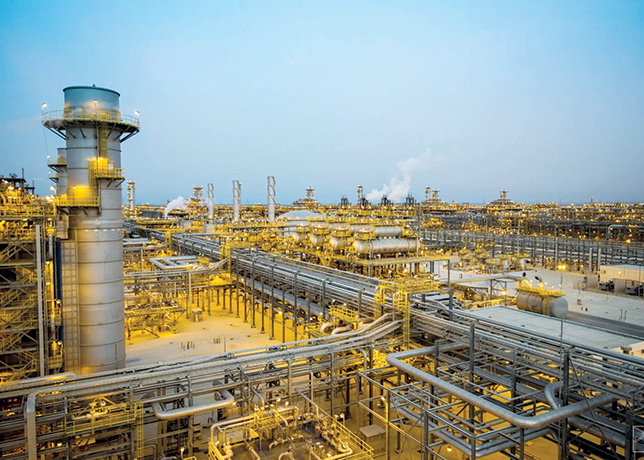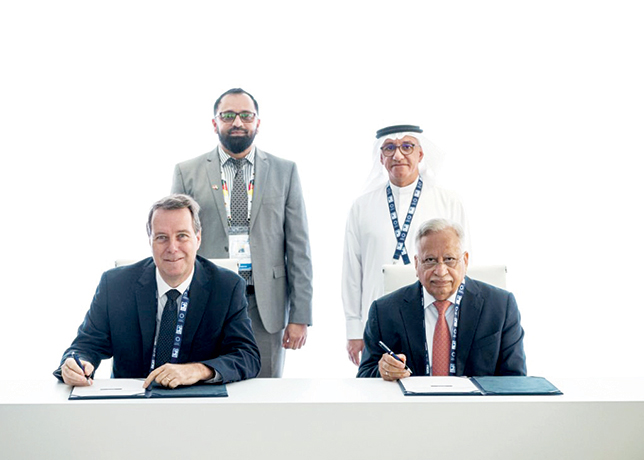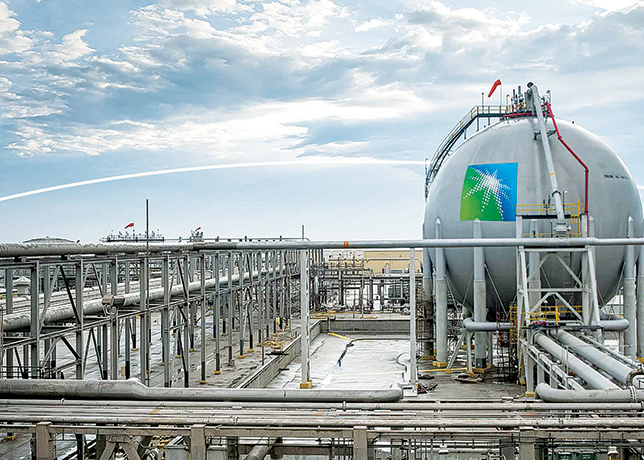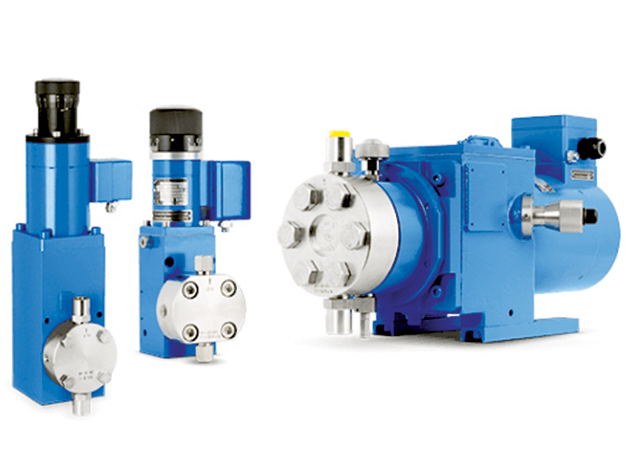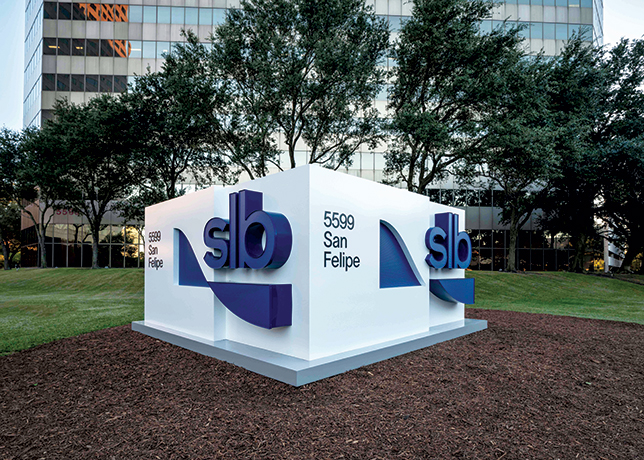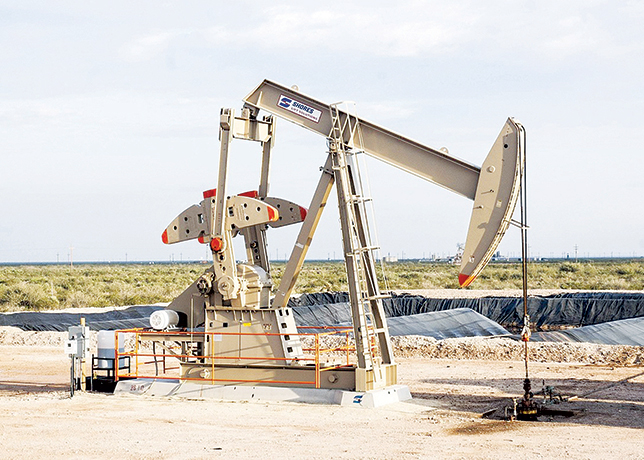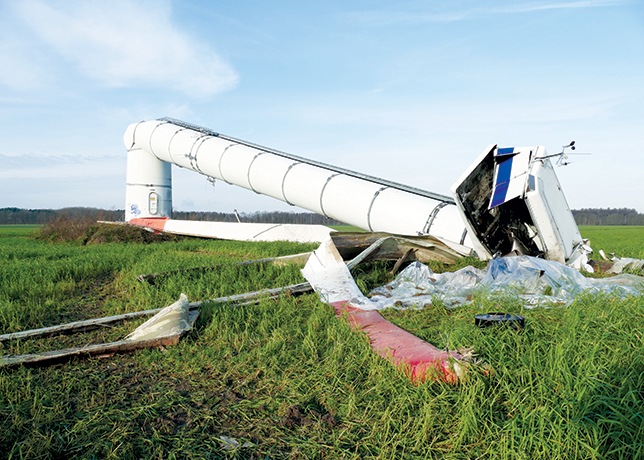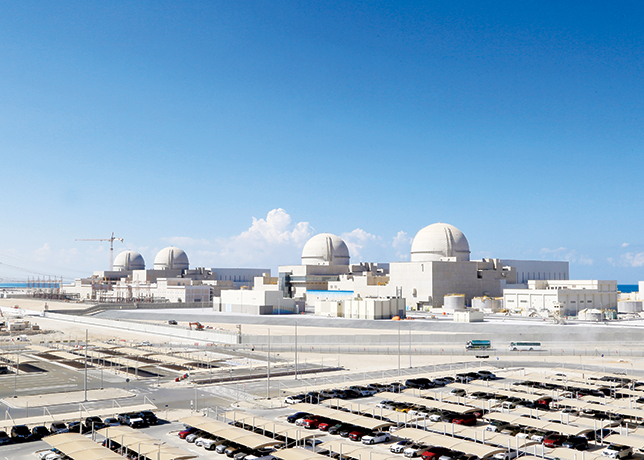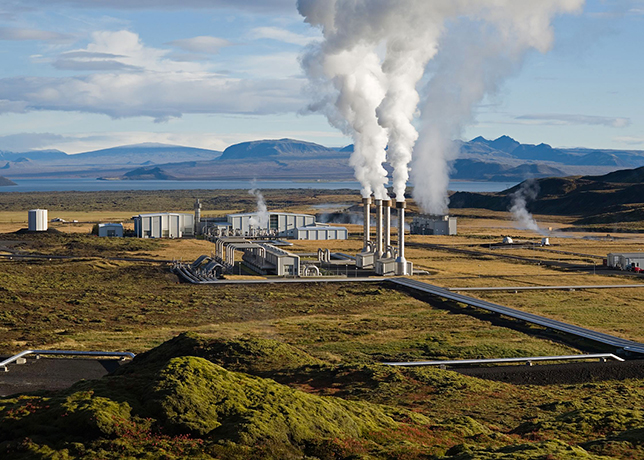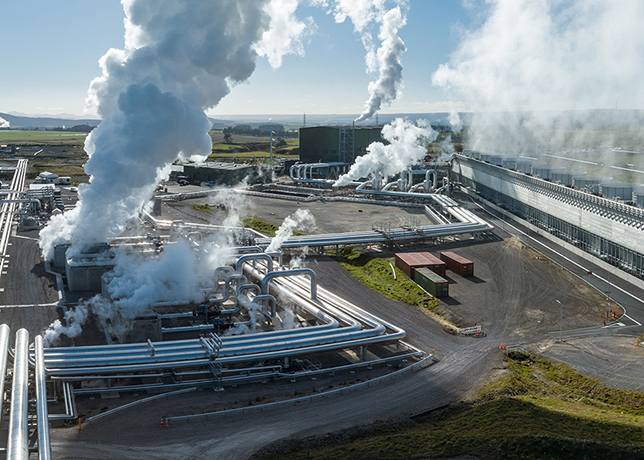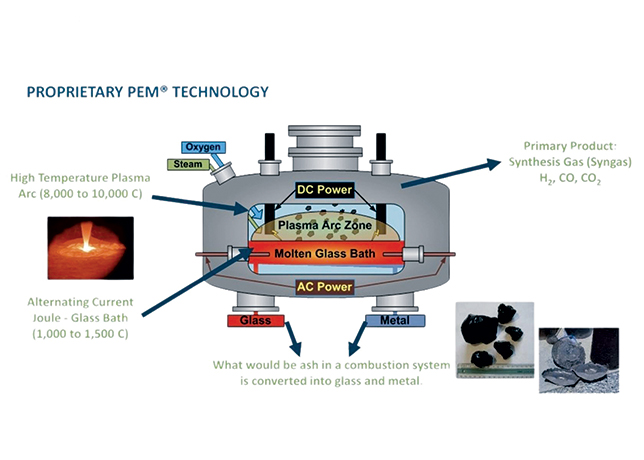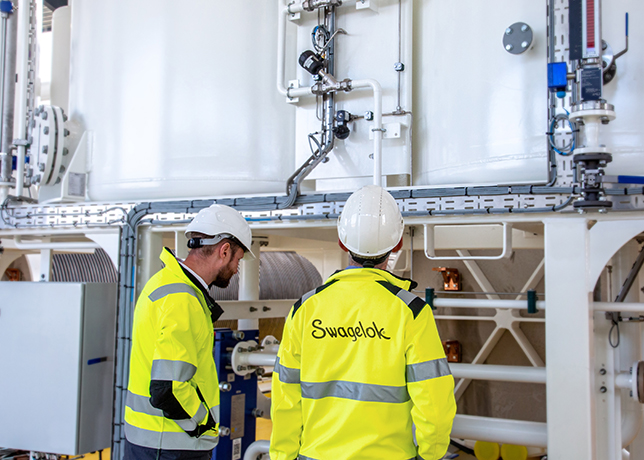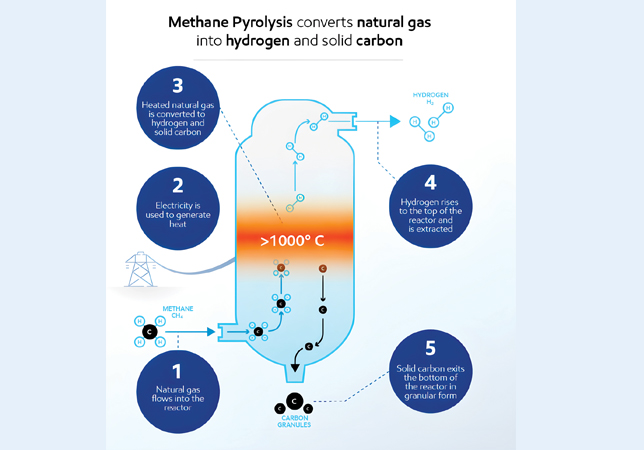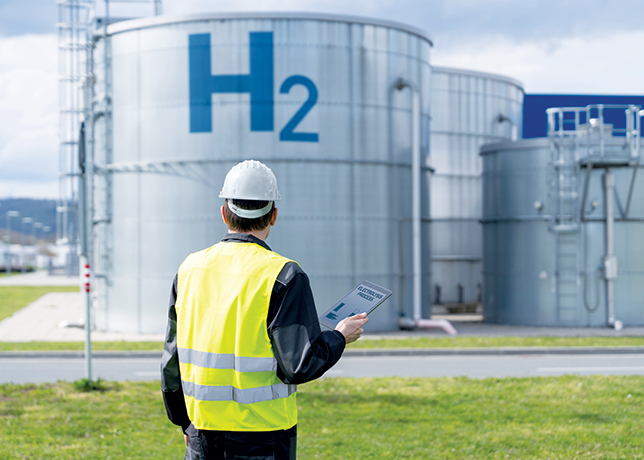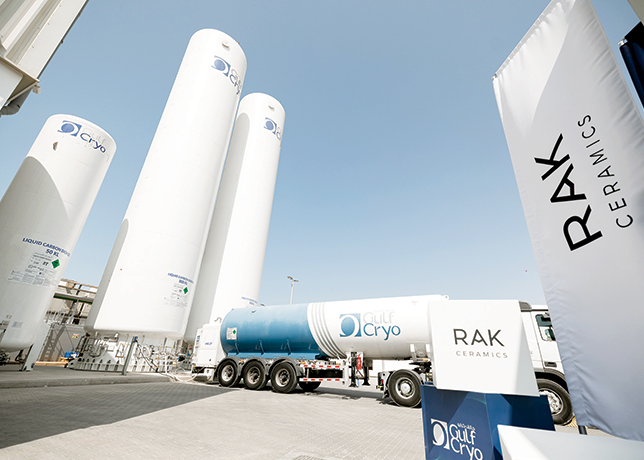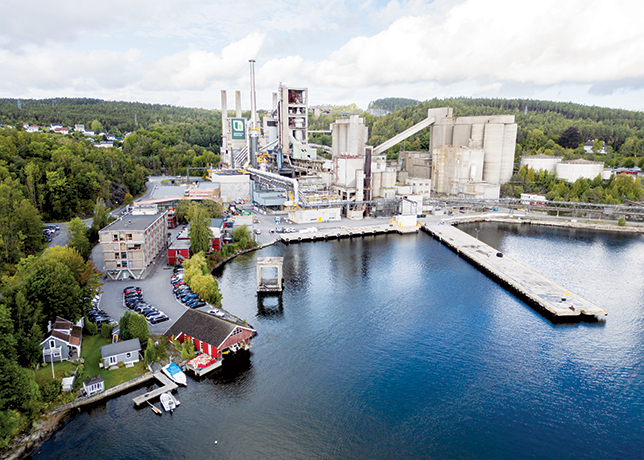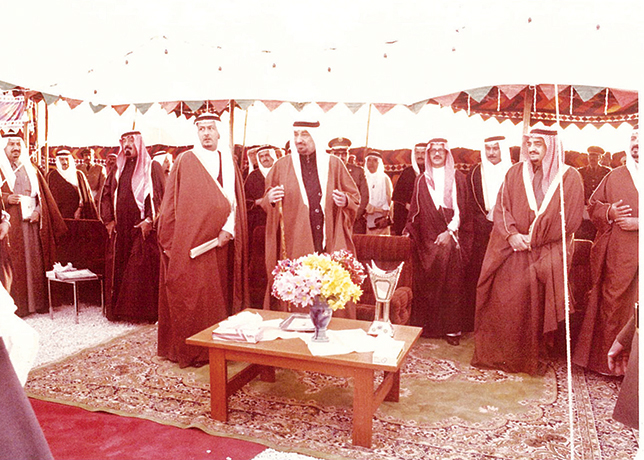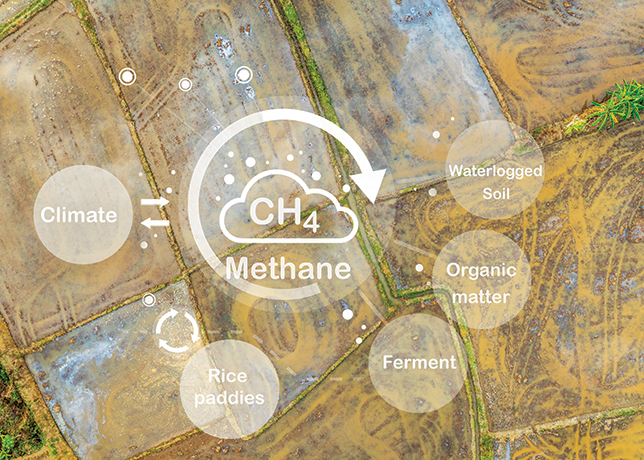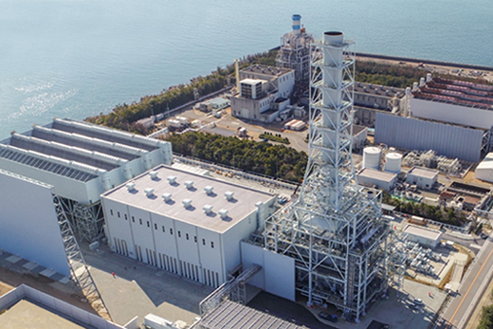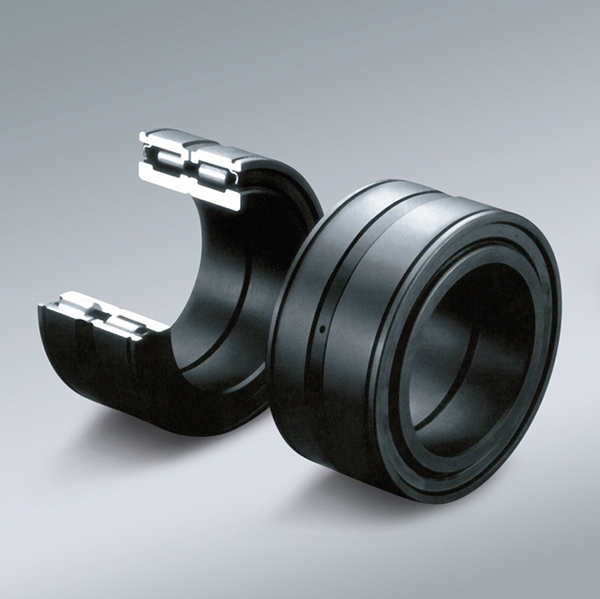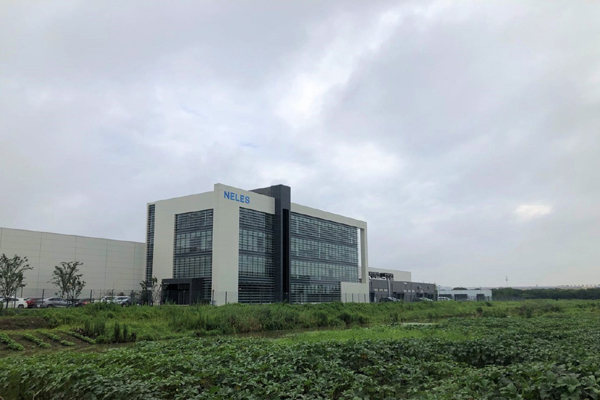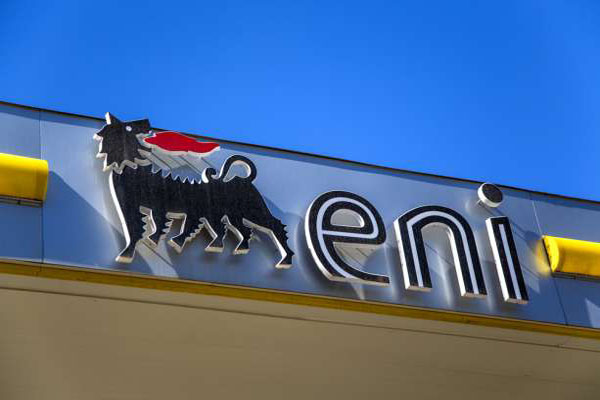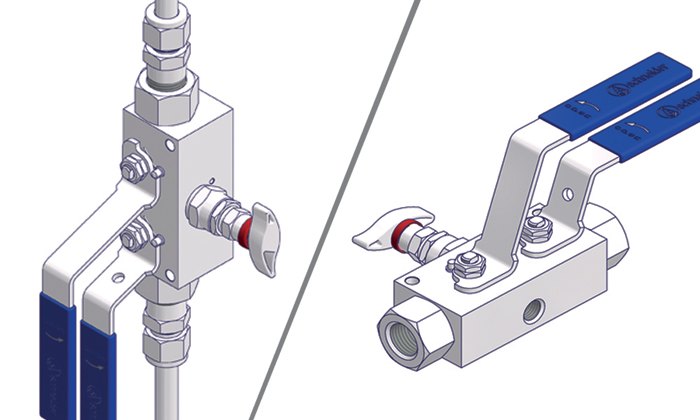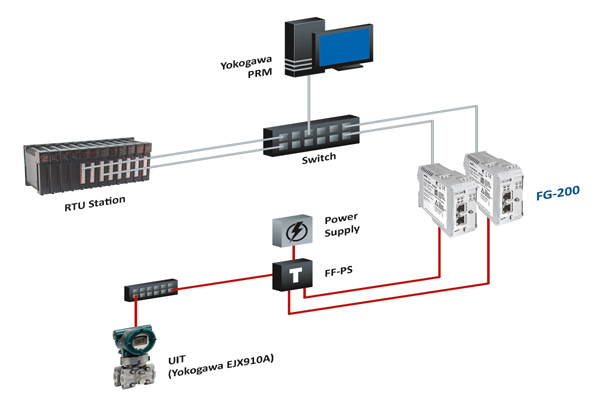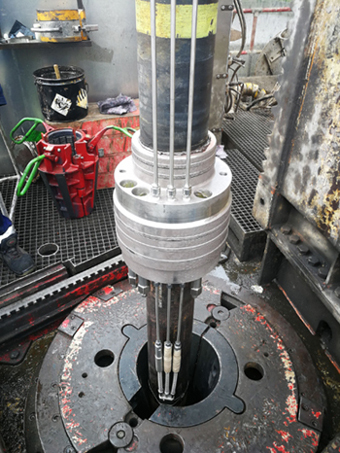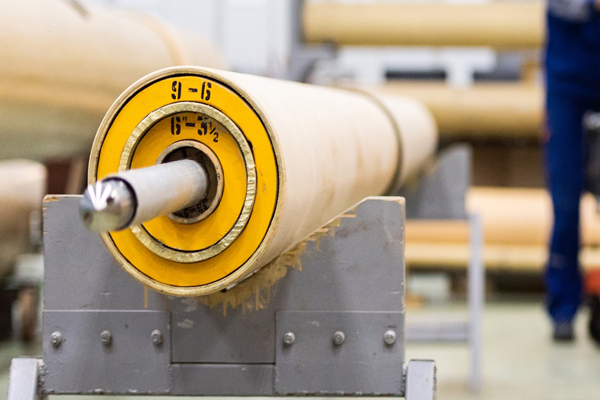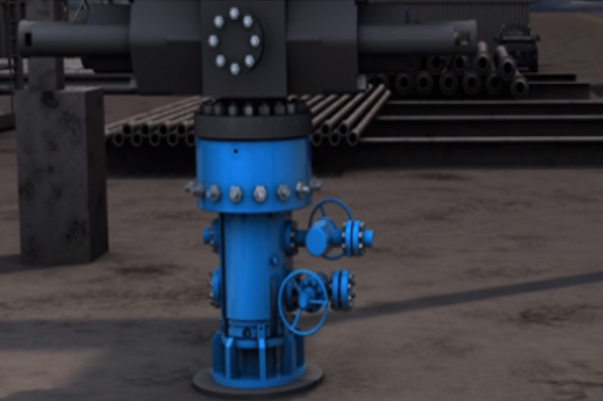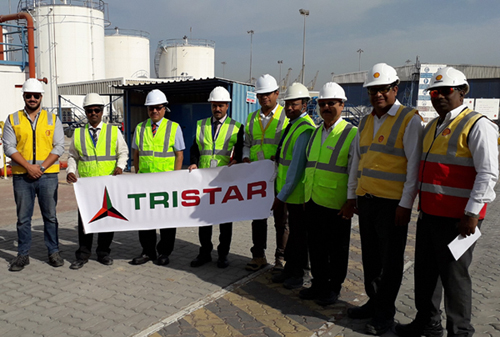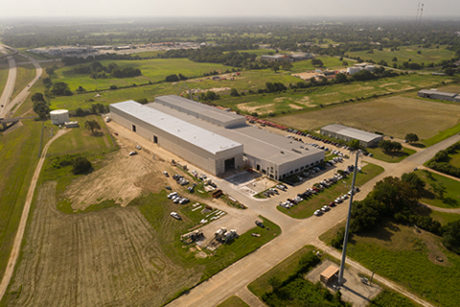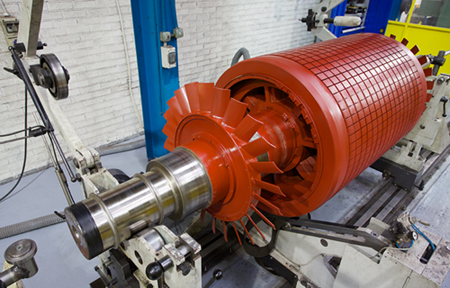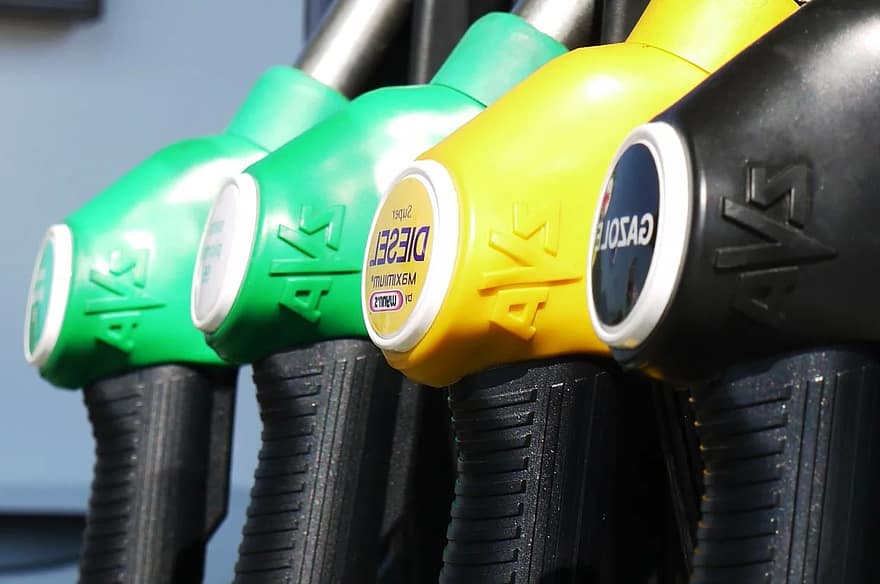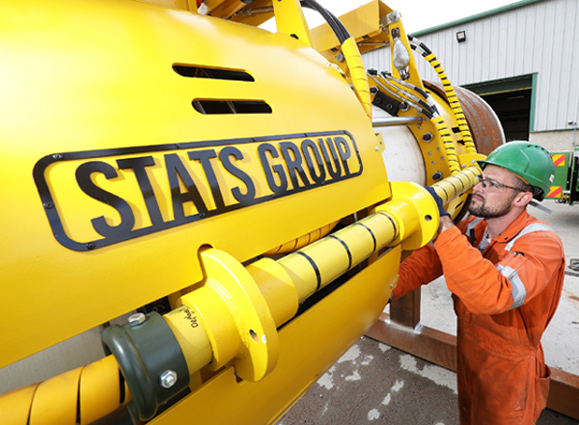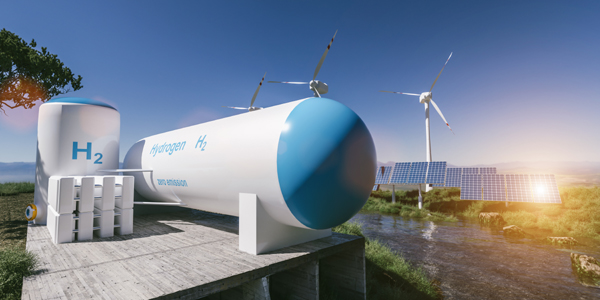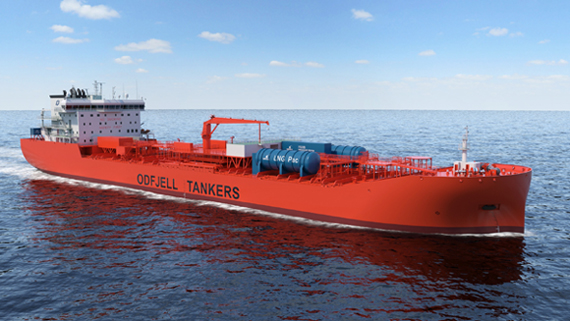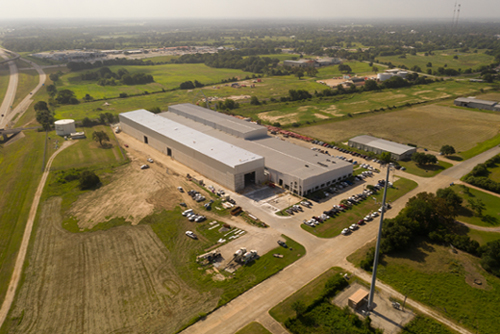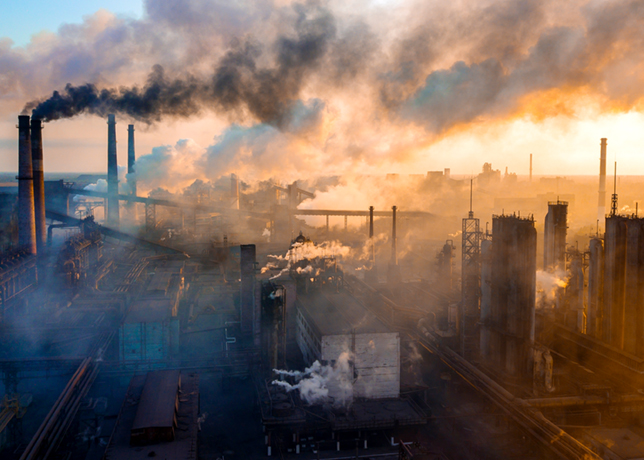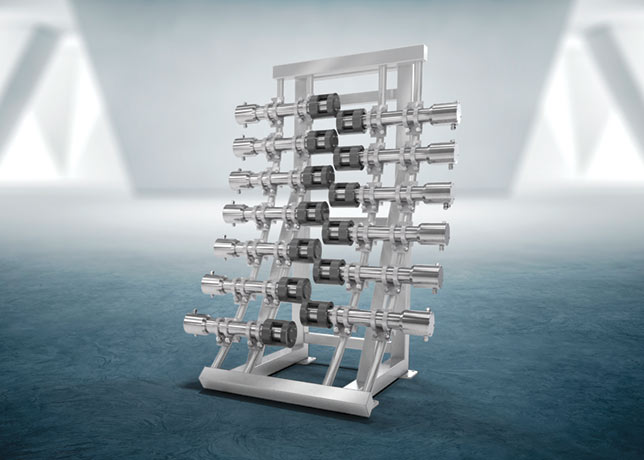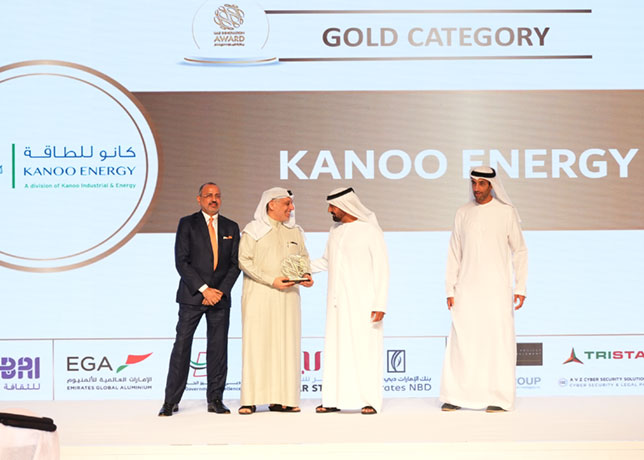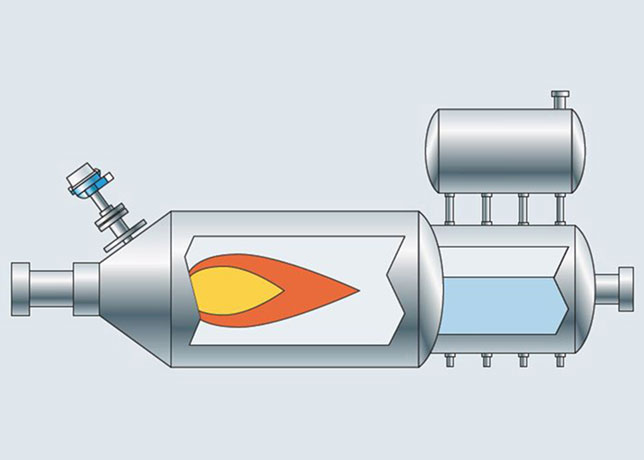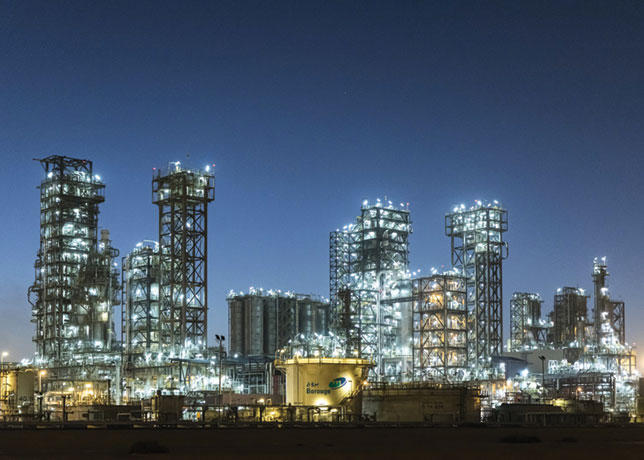
 Chris Winkler
Chris Winkler
The company's innovative reusable packaging accelerates catalyst unloading, enhances safety, reduces waste, and lowers emissions, helping refiners improve efficiency and drive sustainable operations, Joey Berkhout tells OGN
Refineries seeking to optimise operations and reduce downtime are turning to Hoover CS’s advanced packaging solutions for spent hydroprocessing catalysts. The company’s specialised, reusable packaging modules not only speed up catalyst unloading but also enhance safety, sustainability, and cost efficiency.
By increasing volume capacity and improving loading design, Hoover CS’s solutions allow reactors to be emptied up to 20 per cent faster.
"This reduction in downtime translates directly into revenue gains for refiners. Beyond efficiency, the packaging also minimises onsite movements, improves storage, and reduces waste through a circular, reusable system," Joey Berkhout, Business Development EMEA, tells OGN energy magazine in an exclusive interview.
With sustainability a key driver of this innovation, each module replaces hundreds of single-use drums, pallets, and liners, preventing significant CO2 emissions and water waste.
A newly designed bin even addresses logistical challenges in the Gulf region, ensuring cost-effective returns and further lowering environmental impact.
Below are excerpts from the interview:
Can you describe what is unique about Hoover CS’s specialised packaging solutions for spent hydroprocessing catalysts?
 |
Joey Berkhout |
We are more than just a supplier of packaging modules; we are a strategic partner to the refining sector. We’re the link between refineries and reclamation and regeneration parties, while also contributing to the efficiency of catalyst handling companies. And packaging is something more than simply a means to bundle material for storage and transportation.
What I mean by this is that more operations are impacted by packaging than one might think.
When we think about packaging, it's limiting and often detrimental to view it as simply a way to move goods from point A to point B. Where does packaging originate before arriving at point A? What happens to it after point B? More importantly, packaging influences key operational processes at both ends of the journey.
What do you mean by "packaging influences key operational processes…"?
Imagine the challenge of emptying a swimming pool filled with sand. You could use a small cup or a large bucket. Clearly, you’d choose the bucket. It allows you to move more material, more quickly, and with less effort. Packaging solutions work on the same principle.
So, with regard to spent catalyst, how does the impact of packaging contribute to refinery operations?
 |
Six to one return ratio of seacontainers |
In many ways. Just as the bucket expedites emptying the pool, our specialised packaging solutions allow reactors to be unloaded up to 15-20 per cent faster due to increased volume capacity and efficient loading design. This directly reduces downtime, which can potentially translate into revenue gains for refiners.
Additionally, the type of packaging impacts the number and nature of onsite movements, which has a direct effect on operational safety. It also affects cleanliness, storage space, the ability to drain liquids, and much more.
When you tailor the packaging solution to the specific operational challenge, all these areas can be optimised.
And something else happens as well. Tailoring packaging often leads to the use of a reusable fleet of packaging modules, designed specifically for the application.
Instead of continually buying and discarding single-use packaging, like oil drums, operators can implement a circular, reusable solution that’s more efficient and sustainable.
"Circular and sustainability", these are words we hear a lot in the industry these days. How do your solutions support this?
With sustainability now a critical focus across the refining industry, our circular packaging solutions help operators reduce waste, lower emissions, and improve operational efficiency.
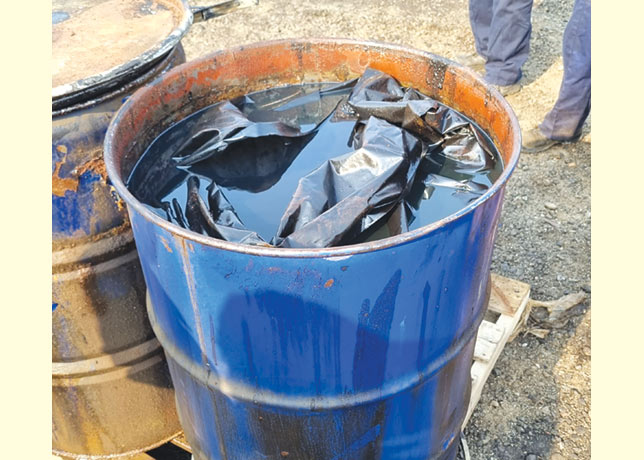 |
A picture of an old-fashioned drum filled with ARDS catalyst; this is what Hoover displaces |
As mentioned, a reusable circular solution eliminates the need for continuously purchasing and manufacturing drums, pallets, and liners. Over its lifecycle, each of our packaging modules replaces around 750 drums, 750 liners, and approximately 185 pallets.
This translates to preventing roughly 7,500 kg of CO2 emissions and saving 1.3 million litres of water per module over its lifecycle.
And because the packaging is fully reusable, there’s no waste generated. On the frontend, we reduce the demand for raw materials and energy; on the back end, we eliminate the need for disposal of drums and plastic liners.
What can you say about the implementation of solutions, such as yours, in the Gulf region?
Historically, one of the key challenges in the Middle East region has been the lack of local metals reclamation capacity, which makes returning empty reusable packaging to the region costly and complex. Without an efficient return loop, reusable packaging systems were difficult to sustain, both economically and environmentally.
It’s similar to a car rental model. Imagine renting a car in Abu Dhabi and leaving it in Manama. If more people do this than the other way around, Abu Dhabi’s fleet is depleted, and the whole model grinds to a halt.
Rental companies solve this by charging drop-off fees to manage their fleet. In the case of reusable packaging, without a balanced flow, operators face the logistical and financial burden of shipping hundreds of empty containers back to the region, something that’s neither cost-effective nor sustainable.
Have you figured out how to deal with this challenge?
Yes! We identified this issue and developed a solution that largely overcomes it: We have a new packaging module which mitigates this precise issue. Our newest bin delivers an optimised footprint return ratio. For every six containers shipped full out of the region, the return leg requires the footprint of one empty container. This dramatically reduces both transportation costs and emissions.
Can you tell us more about this packaging module?
It has been specifically designed with resid catalysts in mind (ARDS and Ebulating bed applications). And it is a gamechanger.
Implementing the bin will not only cut the catalyst discharging time by 15-20 per cent, but it also has a liquid drain, meaning that the oil and water – which the catalyst is soaked in – can be syphoned off without ever taking catalyst out of the packaging it is unloaded into.
There are a lot of other features, which add value, but these are the main ones. We would love to share details of the bins and the solutions we offer with refiners in the region.
Do you want to add anything else?
A quote from our Senior Vice-President, Chris Winkler: "The Middle East region continues to lead the world in refining innovation, and there’s a tremendous opportunity for refiners here to unlock even greater value. By reducing catalyst unloading times and optimising onsite logistics, our solutions directly translate into minimised downtime and significantly higher revenue potential. We’re already seeing forward-thinking operators in the region embrace these efficiencies, and we’re ready to support others looking to do the same. If maximising throughput and profitability while advancing sustainability is a priority, Hoover CS is ready to be your partner in achieving those goals."








